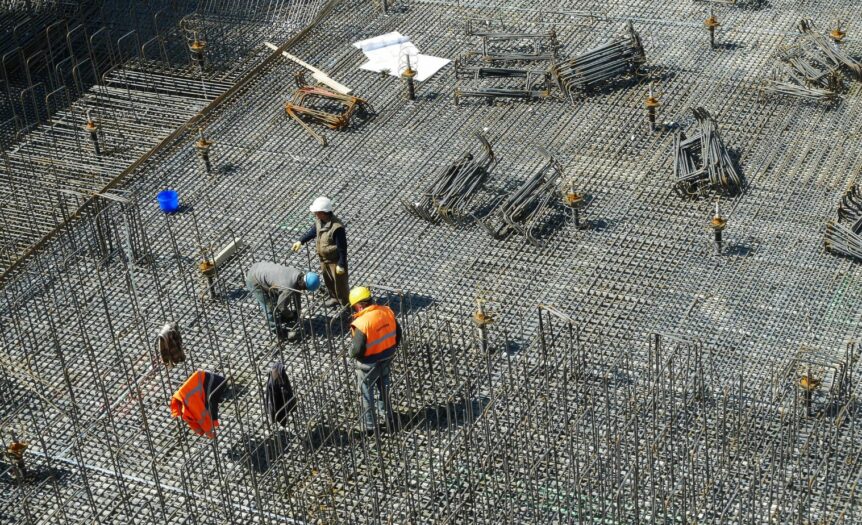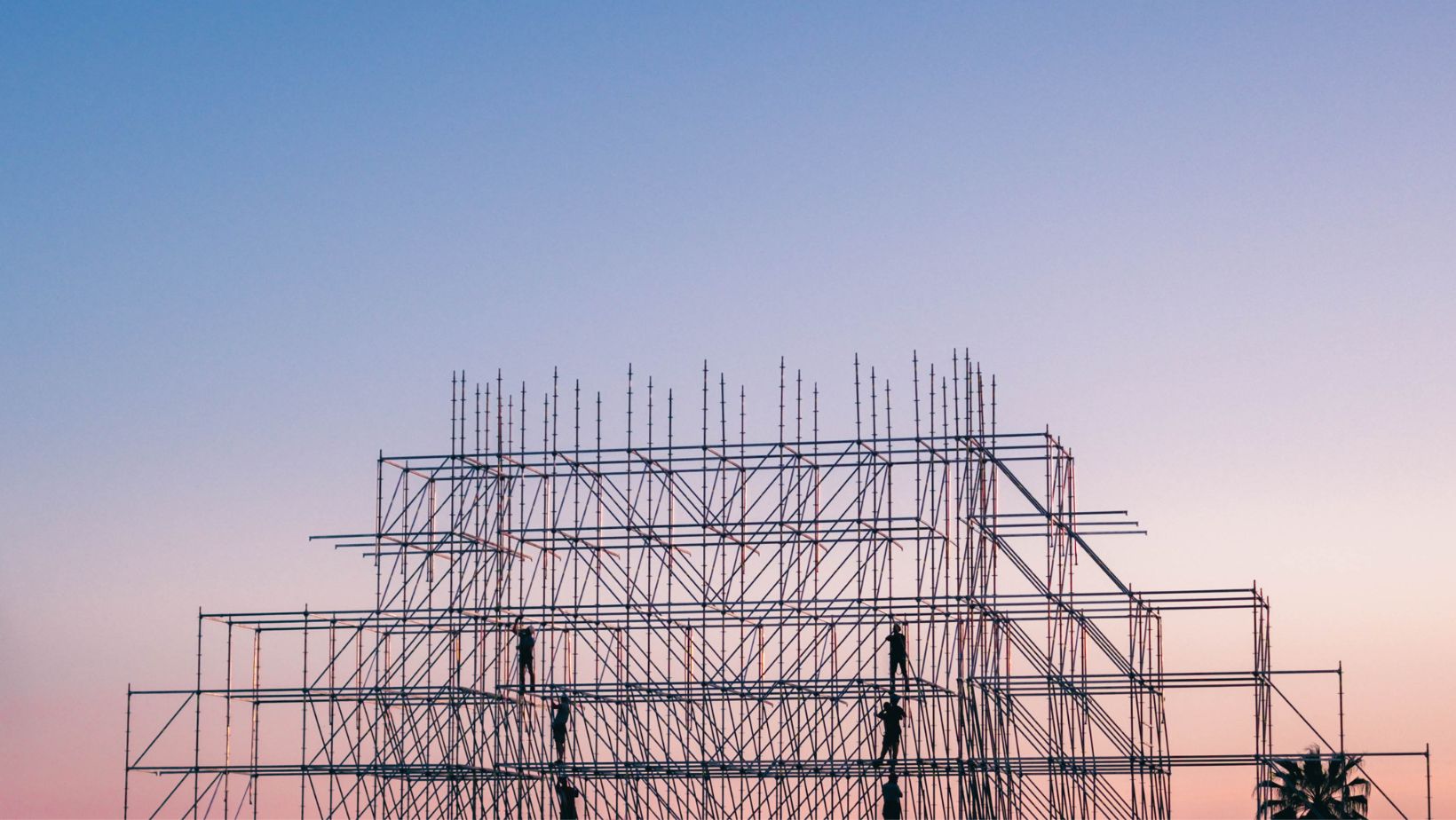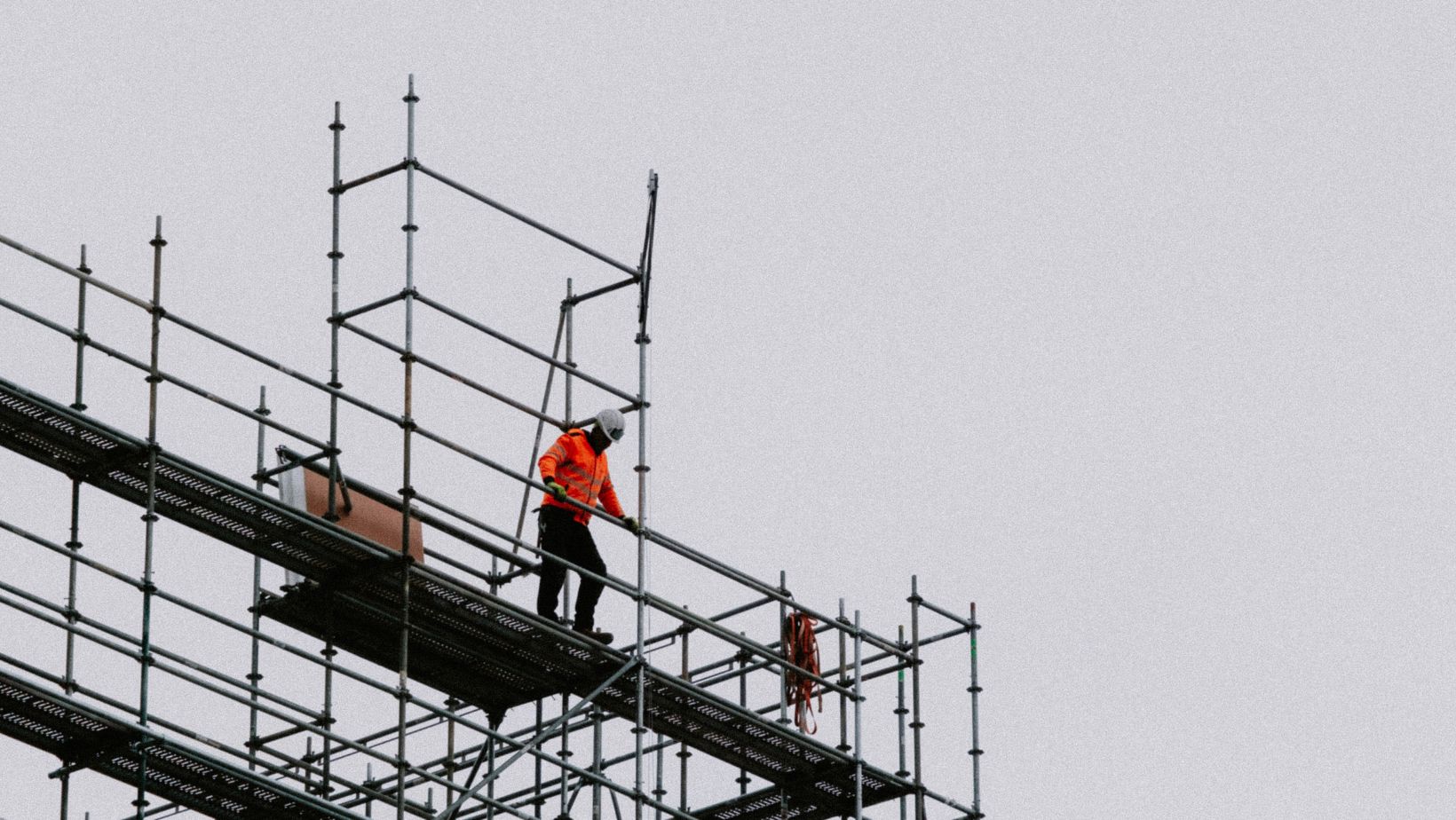Are you juggling between getting a metal building or sticking with the traditional wooden structure? Are you wondering how much a steel building cut costs? Steel structures stand the test of time.
Some famous buildings worldwide, such as the Willis Tower in Chicago, the Empire State Building in New York, and The Eiffel Tower in Paris, are made with steel frames. Steel does not contract or expand with moisture content. Steel structures are quite resilient during floods. Steels are more studier than timber.
Some of the benefits are:
- They reduce costs at every stage of the project and even upon completion.
- They can have fewer to no columns and provide more significant space per square foot compared to wooden houses.
- They cost less when it comes to remodeling.
- You optimistically reduced your carbon footprint by a considerable amount.
- They are eco-friendly options.
- Their labor, maintenance, and other costs are significantly less than wooden structures.
You do not necessarily need to hire an architect for your metal building. Your dealer will assign you to a project manager at no extra cost. They will work with a team of engineers to modify and taper your requirements once you have placed an order.
Below are 8 reasons why metal buildings are better and more cost-efficient.
Pre Construction
1. Installation & Assembly
Steel buildings use advanced engineering software to accelerate design, saving money and time. Suppliers can apply computer-aided designs to bulk at a time, which increases efficiency. Steel frames are precut to the required length from the start. All pieces are welded, bolted, and sealed to protect from rust.
2. Low labor Cost
Since prefab metals come precut and are ready to be installed, less manpower is required at the construction site. Steel building kits come with an easy-to-follow design.
This design instructs the placement of each component. It makes assembling steel frames a smooth process, reducing the time and cost of labor.
3. Less Concrete & Wood
Using steel frames instead of traditional raw materials can significantly decrease the amount of concrete needed for the foundation due to their lighter weight. There is no crucial requirement for a wooden beam either. Using less concrete and minimizing the use of wood can significantly reduce construction costs.
4. Leftover Debris
The strength-to-weight ratio of steel is high, which means few pieces are required to construct a durable and robust building. All building raw materials are prefabricated in the factory, producing fewer waste materials at the construction site. You can sell any leftover steel easily at the nearest scrap yard.
Post Construction
1. Energy Efficient
Steel retains its strength even when they are repeatedly recycled. Hence, it creates less wastage. A sturdy metal building with proper insulation is inexpensive to regulate temperature from warm to cool. Your steel building energy bills can be almost half of any other raw material, viz., wooden building. An energy-saving metal roof further reduces the cost of electricity.
2. Low Insurance
The factors that influence the insurance rate of a building are the type of building material used and the time during which it can resist fire. Metal buildings are fire resistant, so they earn rebates on insurance.
Additionally, steel is termite, pest, and mildew-proof. The shortcoming of steel buildings is less. Hence, fewer risks are associated with it, saving you big on insurance per year.
3. Low Maintenance
Steel building reserves their aesthetics for years without any need for re-paint or costly repairs. There is no need for pricy chemical treatments as steel is resistant to mold, pests, termites, and vermin. Steels are also heavy-duty. Therefore, they will stand firmly against Mother Nature’s forces. They require little to no maintenance over a period of time.
4. Lifecycle
By the end of its lifespan, metal buildings cost low on demolition. The leftover material can be recycled and reused again. Occasionally, companies may pay owners to demolish their buildings to get the steel scrap.
Conclusion
As we have seen from the above points, steel buildings are economical. They are also eco-friendly and sustainable options. They do not require cutting down trees for wood. All these features make metal buildings more favorable for domestic use.
These buildings are cost-effective and beneficial over time. There is less stress and time consumption, and they are hassle-free. Steel is an excellent choice if you are considering constructing a new building. Buy prefab metal from a reputed firm, as they will provide you with high-quality raw materials. You will get a better return on your investment with steel structures if you do not cut costs on the quality of raw materials. It is worth considering steel as a potential material for future domestic households.










